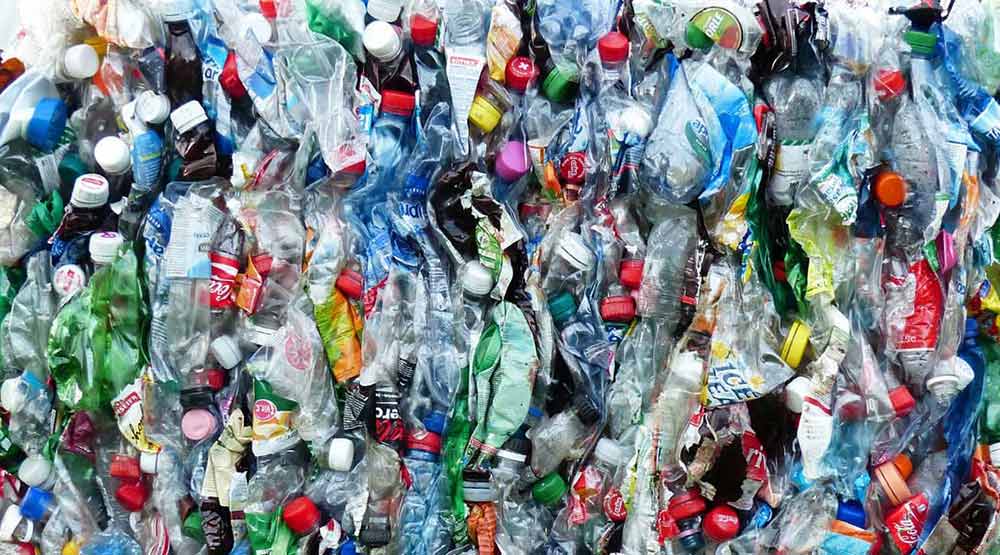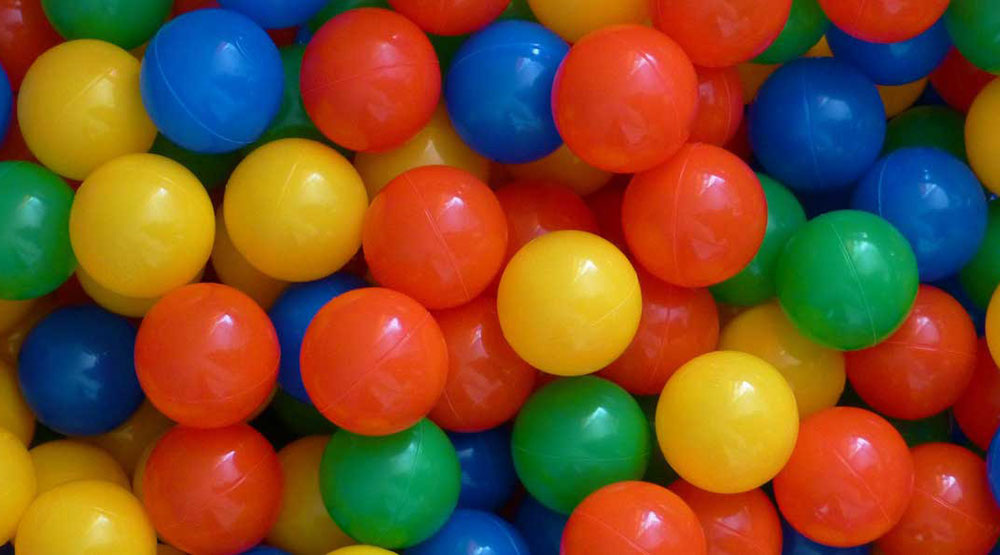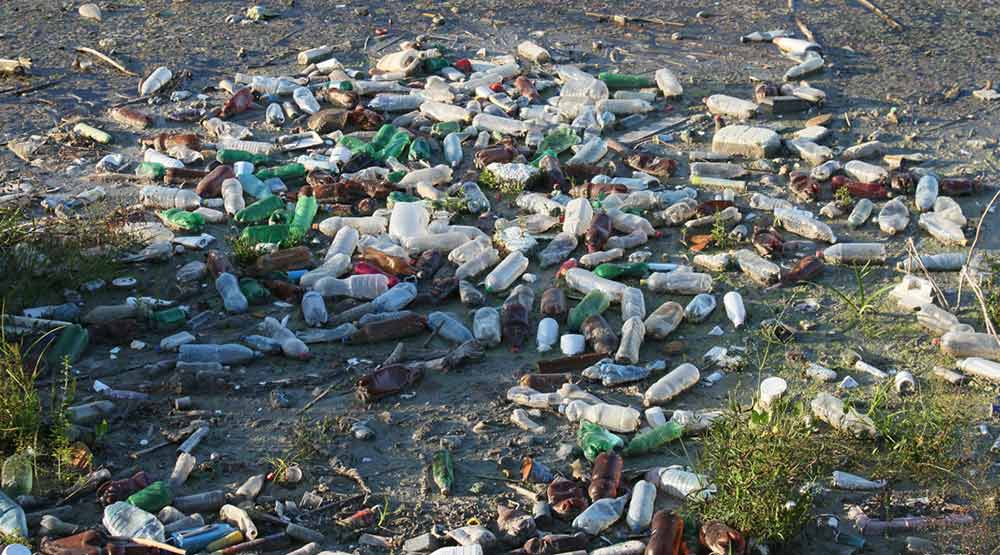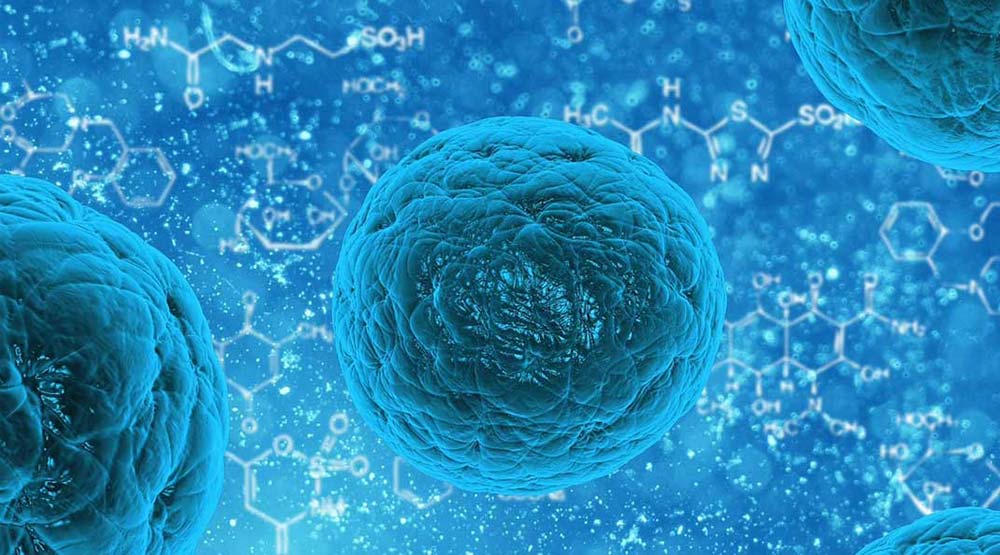In a world where around 50 million tonnes of plastic are produced per year, here is a discovery that could help in the fight against pollution.
In March 2016, by analyzing over 250 samples taken from a PET bottle recycling site, a team of scientists from the Kyoto Institute of Technology, led by Shosuke Yoshida, isolated a new species of bacterium, called Ideonella sakaiensis, capable of “devour” plastic using it as a source of sustenance and growth.
This special bacterium, one of a kind, would be able to help humanity in its fight against pollution resulting from the increasingly widespread use of plastic materials.
Polyethylene terephthalate, or polyethylene terephthalate, (PET) is a particular thermoplastic resin suitable for food contact that belongs to the polyester family, a class of condensation polymers that contain the ester functional group along the carbon chain. PET polyester is the best known, composed of ethylene glycol alcohol (EG) and terephthalic acid (TPA).
It is in fact one of the most widespread plastics in the world. Around 50 million tonnes of it are produced per year and it is used in various sectors. The main use concerns the production of containers for drinks (66%) and food (8%) but also for making labels, battery casings, tubes and films.

Plastics are therefore widely incorporated into consumer products but many of these products are remarkably resistant in the environment: from a chemical point of view, it is a plastic that is extremely resistant to the biodegradation process due to the absence or low enzymatic activity catabolic. In particular, polyesters containing a high quantity of aromatic components, just like PET, are chemically inert.
The enzymatic degradation of PET is limited to a few fungal species, so biodegradation is not yet a viable solution to date.
Over the last 40 years, the use of plastic and its derivatives has become increasingly daily and widespread throughout the world, even representing the predominant product fraction of waste found at sea: we are talking about percentages of 60 to 80% of the total , with peaks reaching 90-95% in some regions.1
This waste represents a highly harmful presence for various animal species: microplastic (micrometric plastic particles) is in fact easily ingested by plankton and then spreads to the rest of the ecosystem. Furthermore, the smell of plastic deceives the marine animals themselves who ingest this material believing it to be edible food for them.
Compounding this disheartening panorama is also the fact that most plastic materials never decompose completely, as happens with organic material, which returns to its basic compounds once decomposed.

Unfortunately, Italy is a country doubly exposed to this problem: it is in fact the first European country for consumption of disposable plastic bags and overlooks the Mediterranean Sea on 3 sides, affected like the other seas of the planet by plastic pollution .
The discovery of Ideonella sakaiensis 201-F6, commonly renamed “plastic-eating bacterium”, belonging to the Comamonadaceae family of betaprotobacteria, therefore brought much surprise.
Like all protobacteria it has these characteristics:
- gram-negative;
- aerobic;
- non-spore-forming;
- rod-shaped;
- most of its species are motile due to the presence of a polar flagellum;
- oxidase and catalase positive;
- able to grow in a pH range between 5.5 and 9.0 (optimal at 7-7.5);
- capable of growing in a temperature range between 15° and 42°C (optimal at 30-37°C).
What is surprising is the fact that this bacterium, no different from its peers, is able to almost completely degrade a thin PET film using it as a primary source of carbon for its growth.
Unfortunately, the process remains quite slow: the complete degradation of a small PET particle takes around six weeks at a temperature of 30°.
Despite this, however, the discovery could have very important implications for the recycling of plastics, as well as for the study of the principles of the evolution of enzymes.

Such a rapid evolution of the degradation capacity of these organisms is possible as microbes have the extraordinary ability to adapt to their surroundings, thus confirming the serious environmental problem of pollution. The bacterium needed more time to “eat” highly crystallized PET used in bottles. This means that the enzymes and processes need to be refined before it can be useful for future applications that remain to be established.
The research, of course, will continue: the authors of the study intend to understand if it is possible to use the bacterium to isolate terephthalic acid and reuse it for the production of new plastic, without therefore using petroleum.
Furthermore, they are aimed at fully understanding the mechanisms of decomposition of plastic, with the aim of undertaking collective actions to clean up ecosystems, especially marine ones.
The most obvious use then would be as a biological agent in nature: the bacteria could be sprayed on piles of floating rubbish in the oceans.
Not everyone, however, agrees on the effectiveness of this operation, as breaking down plastic could release additives into the environment that can prove highly toxic.
1 Data collected by UNEP (United Nations Environment Programme)

